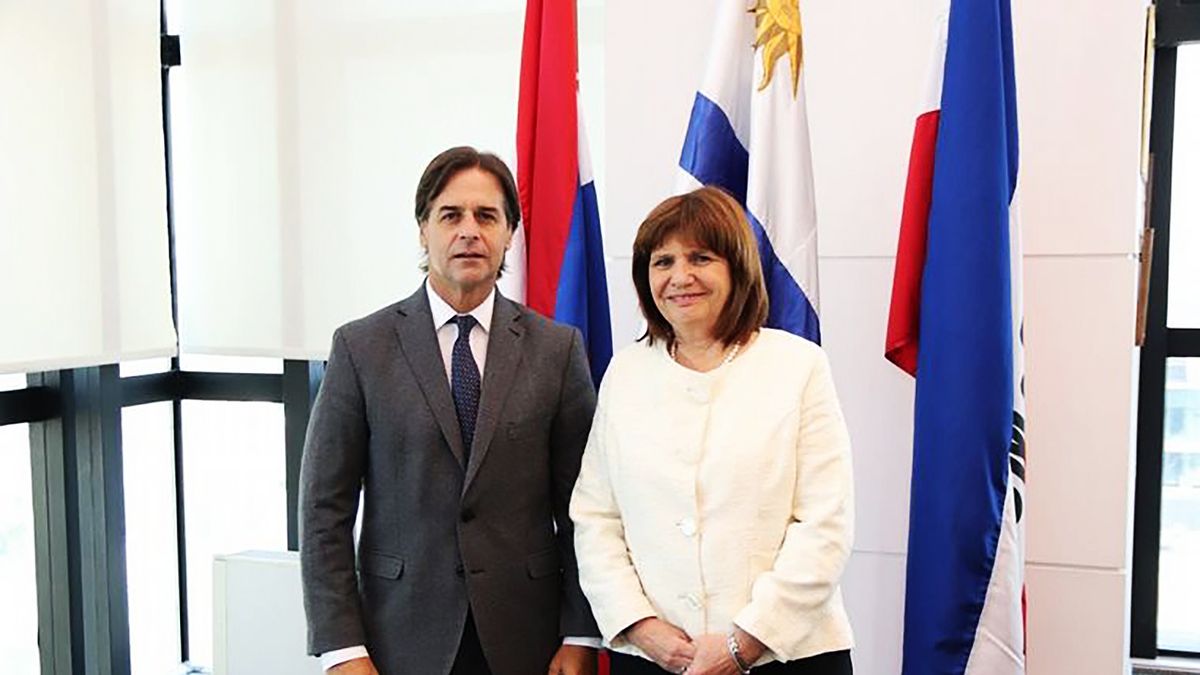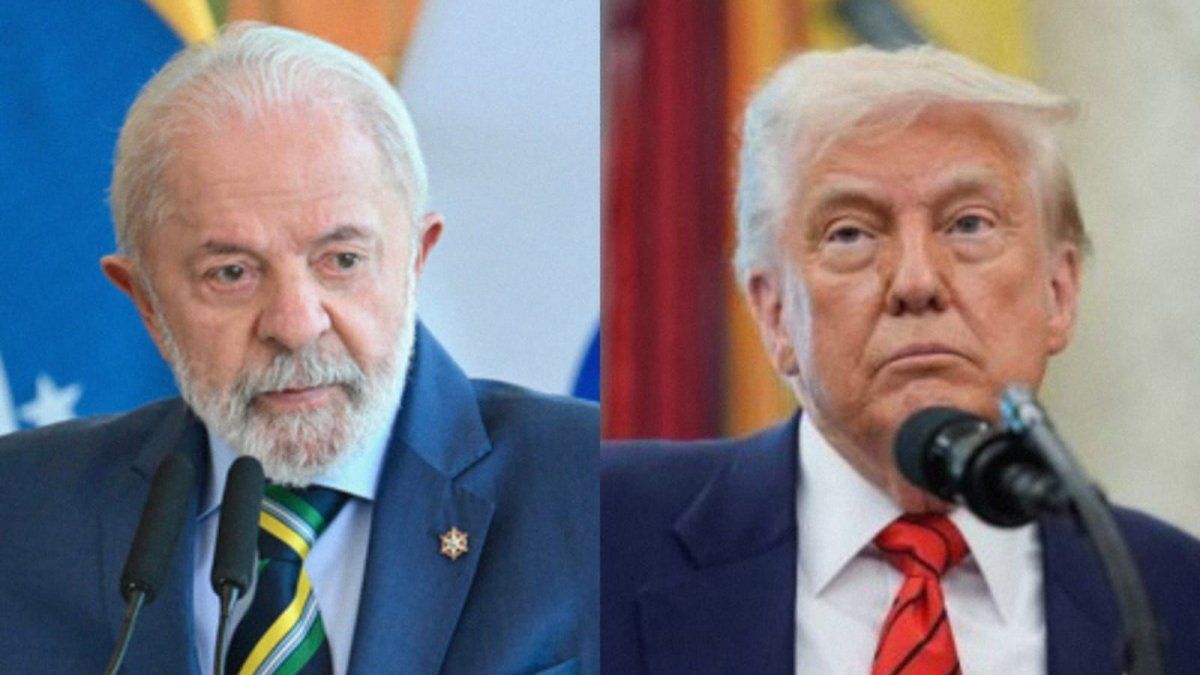The candidate for the Presidency of Argentina by Together for Change (JxC), Patricia Bullrichcommented on his aspirations for the operation of the mercosurif he wins the October elections, an issue that arouses the interest of the Uruguay which, for years, has demanded a more flexible forum.
Bullrich proposed on Thursday, during a tour of the Argentine province of Misiones – bordering Brazil and Paraguay – a relaunch of the mercosur with a “relationship with Brazil, Paraguayan and with Uruguay“However, he clarified that “with Brazil being our main trading partner, it is essential that this platform and the provinces, which are also bordering, have a special participation in the mercosur“.
In the program of the candidate and former Minister of Security, the mercosur occupies a central place within what he defined as a plan to federalize the Argentine economy.
Patricia Bullrich It defends promoting trade agreements from Mercosur and, through them, “enhancing regional economies and federal industrial development, encouraging green economies and promoting the knowledge economy and industry 5.0.”
Regarding the agreement between the mercosur and the European Union (EU), sealed during the government of Mauricio Macri of which she was a part and currently held back by new European demands rejected by the governments of the region, the JxC presidential candidate assured that she would seek to “open new trade agreements with the EU.”
The statements of Patricia Bullrich contrast with the vision presented by his nominee to the Ministry of Economy, Carlos Melconian, this week during an intervention at the Colorado Party House in which he anticipated his lines of action if he were part of the government in Argentina. “ mercosur? “Uruguayan-style, integration with degrees of freedom,” he stated on Monday.
Since the beginning of his government, the president Luis Lacalle Pouhas defended a modernization and flexibility of the mercosura proposal that has run into the brakes of the two largest economies in the bloc, Brazil and Argentina.
The greatest point of tension occurred with Uruguay’s decision to begin negotiations for a Free Trade Agreement (FTA) with Chinawhich has been frozen since the assumption of Lula da Silva as president of Brazil.
Since then, Brasilia’s harmony with the government of Alberto Fernandez in Argentina has allowed a series of bilateral agreements to advance, but with an impact within the bloc that Uruguay does not accompany The biggest point of friction is the idea of a common intra-bloc currency, promoted by the Minister of Economy and candidate of the ruling party in Argentina Sergio Massaand flatly rejected by the Lacalle Pou executive.
The “Uruguayan-style” vision of mercosur It includes the ability of member countries to negotiate bilateral agreements with extra-bloc nations as well as an adaptation of the customs union and the limitation of tariffs on intra-bloc imports.
This last point is of special sensitivity regarding Argentina which, according to data from the government of Luis Lacalle Pou, has blocked hundreds of permits for Uruguayan exporters.
Source: Ambito




